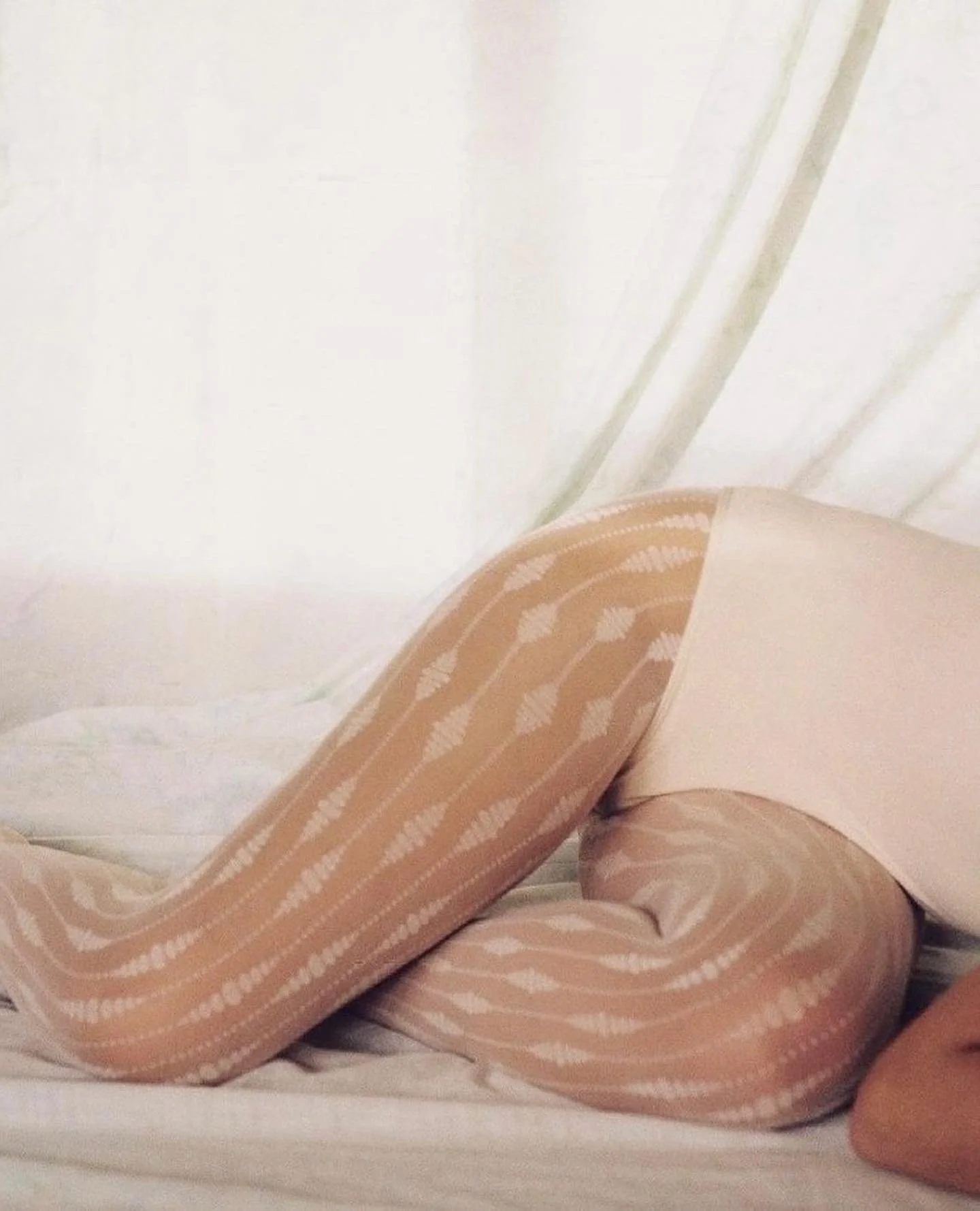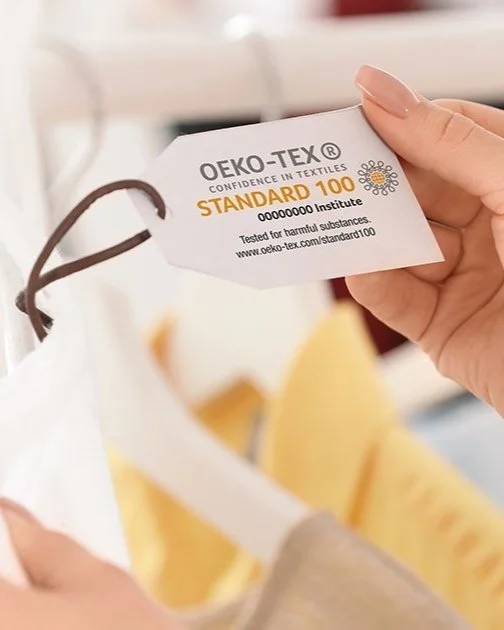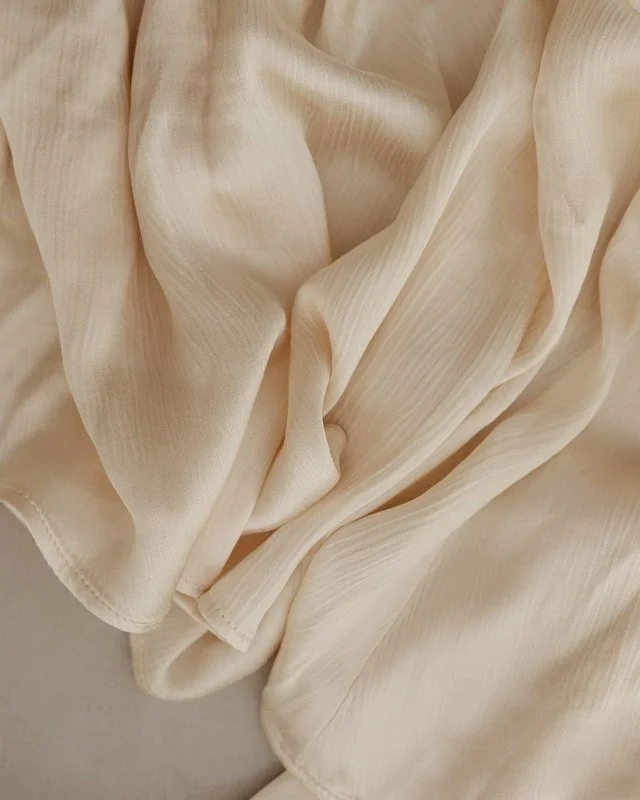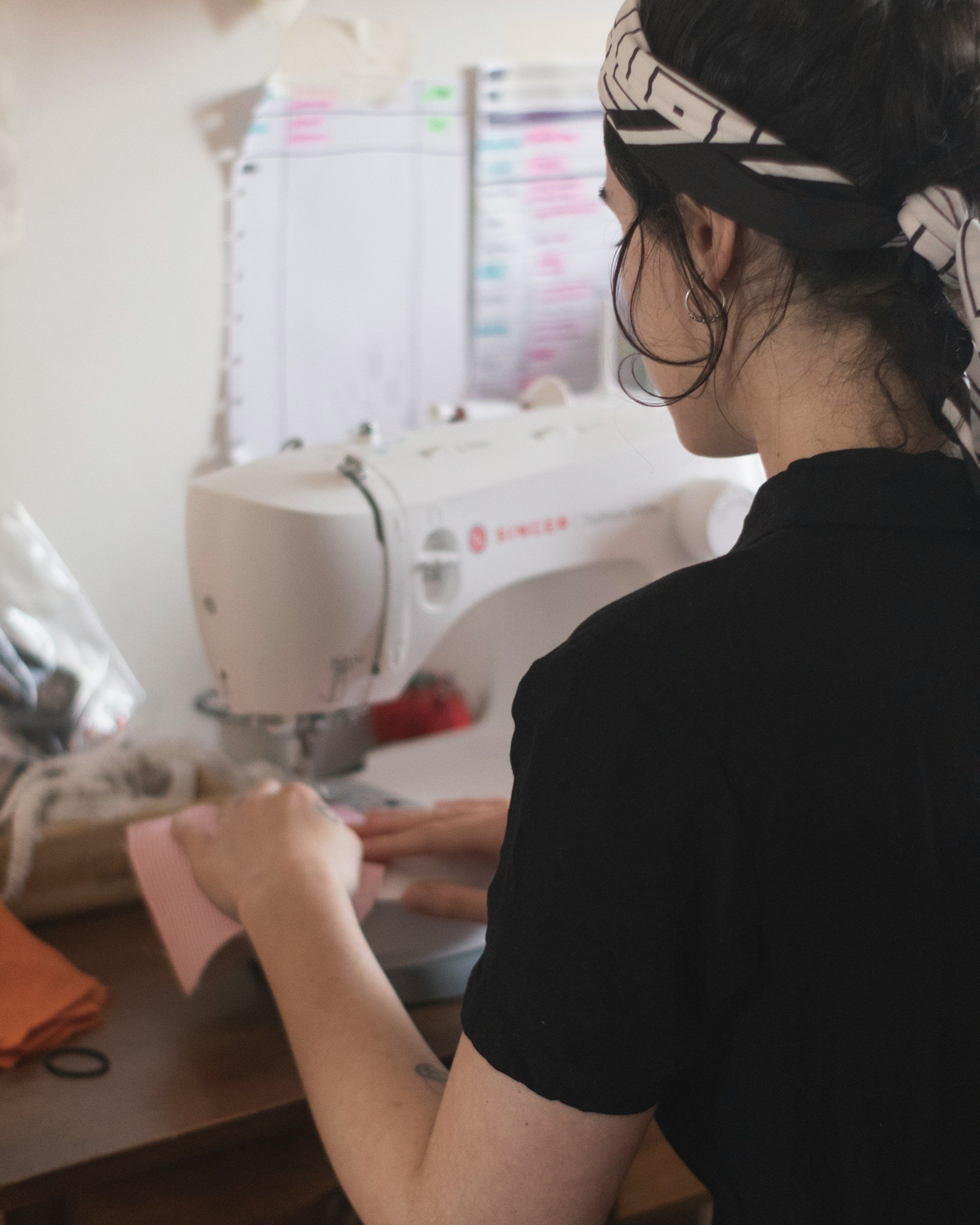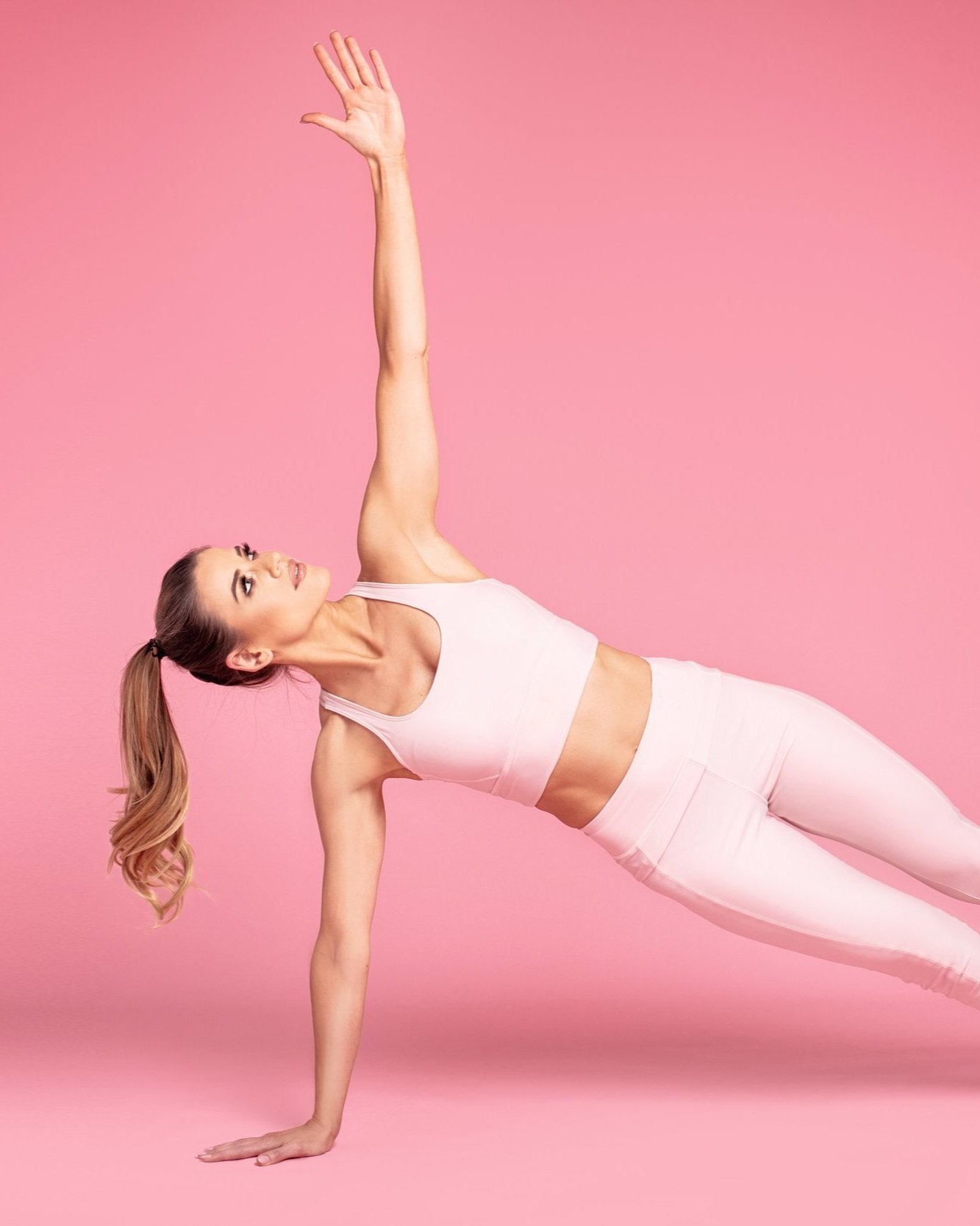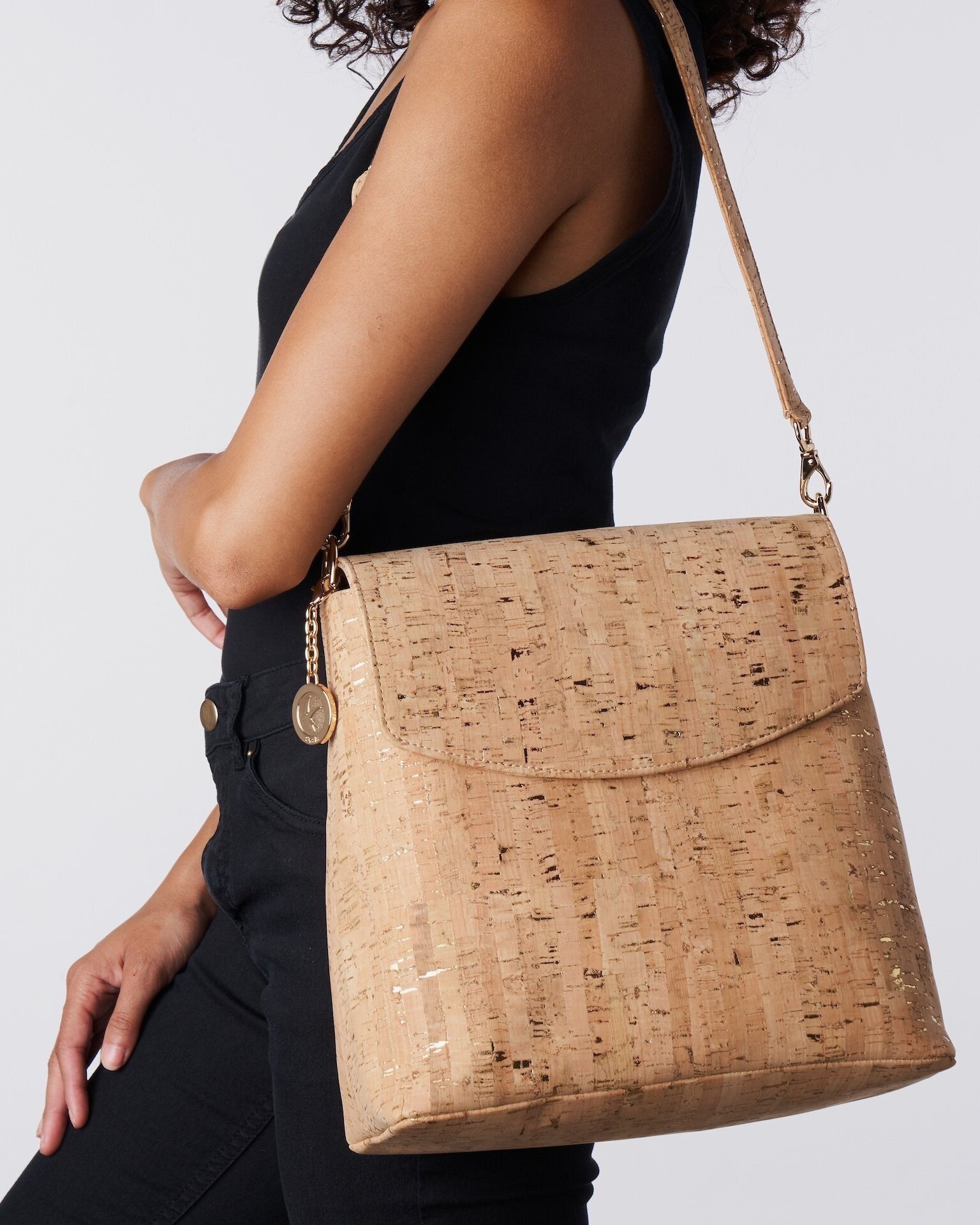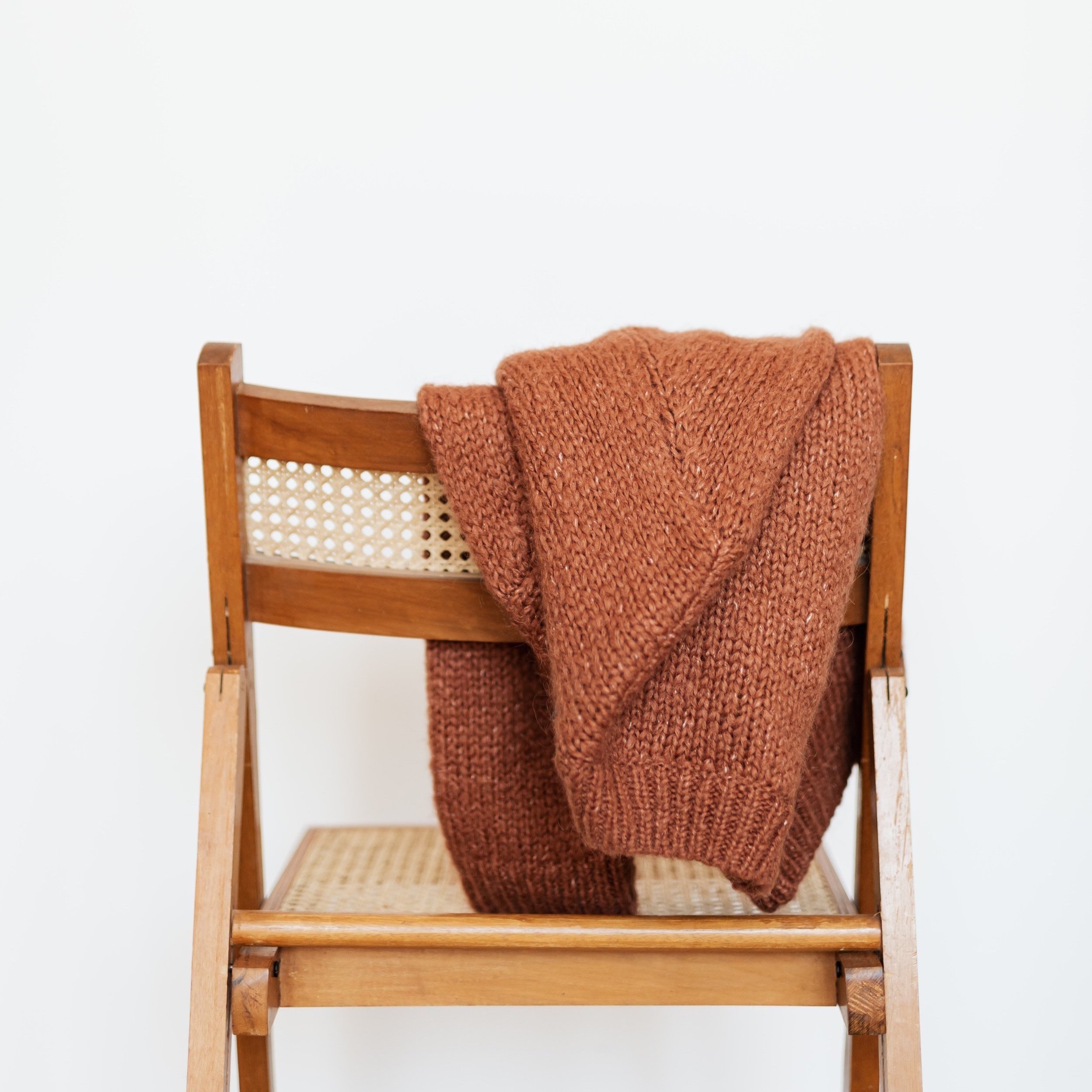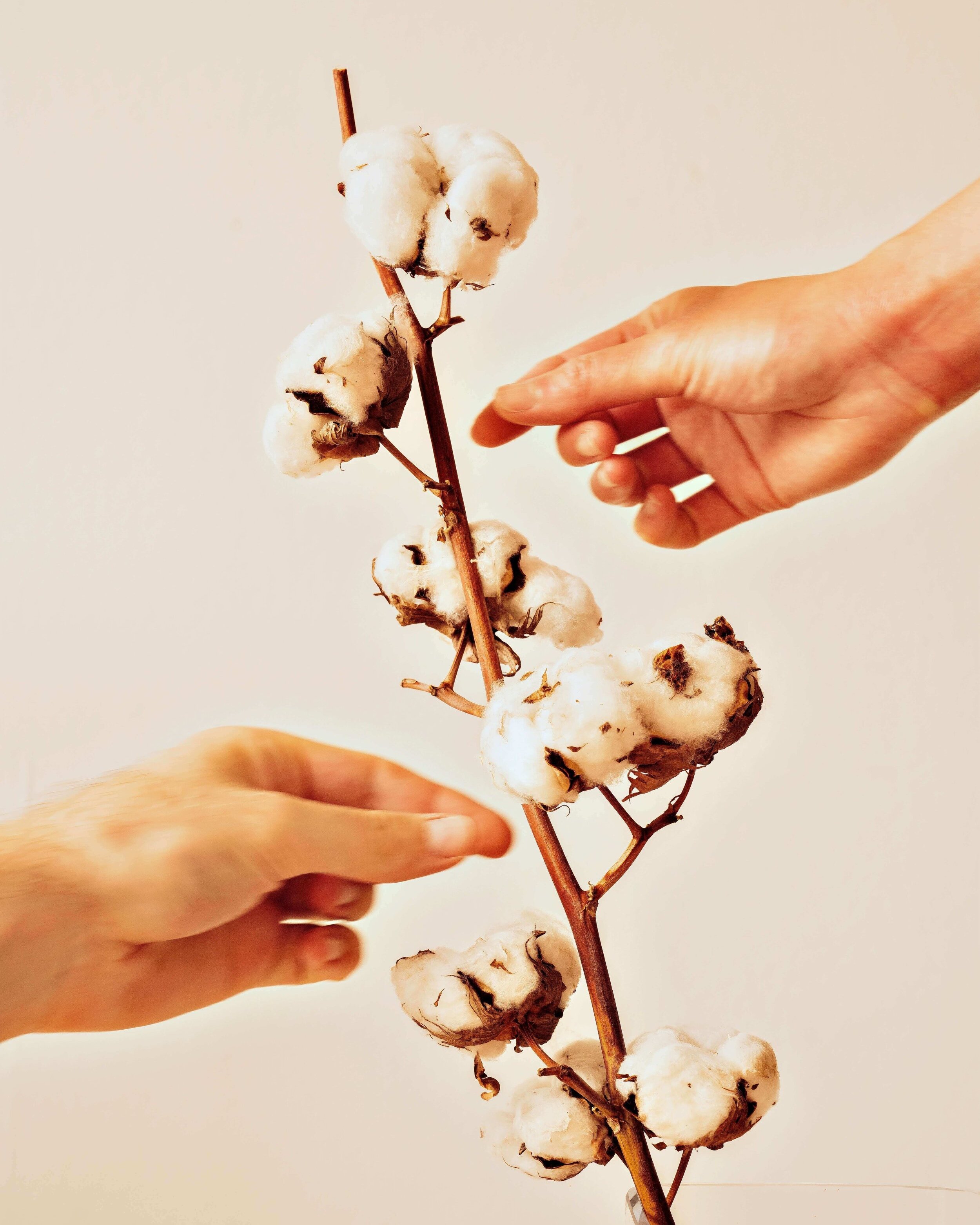12 Sustainable Vegan Leather Alternatives You Need to Know in 2024
Image: Svala
Disclosure: Some of the links below are affiliated; we may earn a small commission if you click through and make a purchase. We only feature brands that align with our values and contribute to a better fashion industry. Thank you for supporting these brands - and us!
Sustainable Vegan Leathers
As a textile enthusiast, I get very excited about writing posts like these. I am fascinated by the innovation that goes into creating new sustainable fabrics. It's amazing how some of the fibers listed here can be derived from unexpected sources like apples and pineapples.
Why Vegan Leather?
Animal-derived leather production has been linked to several ethical and environmental issues, including animal exploitation and slaughter, deforestation, inefficient land use, biodiversity destruction, significant greenhouse gas emissions, tannery pollution and worker’s rights issues across the supply chain. Before discussing leather alternatives, it is important to understand why there is a need for alternative materials. According to industry data, a Brazilian leather handbag can result in as much as 1,000 square meters of once biodiverse land being cleared for production. Similarly, a cow skin leather bag of the same size can have a carbon equivalent footprint of over 100kg and a water footprint of over 17,100 liters. While leather has been used for centuries to make shoes, bags, and clothes, the fashion industry is now evolving beyond animal-derived materials.
We also made a conscious decision to exclude some of the plastic alternatives like polyvinyl chloride (PVC) and polyurethane (PU), which are sometimes marketed as sustainable because they are vegan. While PU is better than PVC, it's still plastic and does not last long. Some of the leathers mentioned below may contain a small amount of PU, but we still believe that they represent a significant step in the right direction. We want to emphasize that nothing is perfect, but these textiles are quite exciting!
Our Favorite Vegan Leather Alternatives:
Image: Veerah Apple Peel Heels (use code SUSTAINABLYCHIC10 for 10% off your entire purchase)
1. Apple Leather
Apple leather is a type of bio-based material that is made using apple by-products from the juice industry. When apples are pressed to create juice, the leftover apple pomace and peels contain a high amount of cellulose content, which makes them ideal for producing new fabrics.
To make apple leather, the apple pomace is reduced to a powder and then combined with a synthetic material called polyurethane. This process results in a soft and durable material that has a much lower environmental impact compared to cowhide leather.
Apple leather is commonly used to make shoes and small accessories like wallets or handbags.
2. Cactus Leather
Cacti are incredible plants that have many benefits for the environment. They help to regenerate soil, prevent soil erosion and desertification, and even absorb carbon dioxide. But did you know that cacti can also be used to create sustainable fabrics? In Mexico, a type of cactus leather is being developed using the Opuntia Cactus, also known as Nopal. The process is sustainable and no cacti are harmed in the making of this leather. Only mature leaves are harvested, and cacti require very little water to grow, making artificial irrigation and pesticides unnecessary. After the leaves are harvested, they are mashed and dried for several days before being mixed with non-toxic chemicals and attached to a backing.
Brands Using Cactus Leather: Allégorie, Poppy Barley and Lo & Sons
3. Cork Leather
Cork is one of the most popular vegan leathers available today. Although not all cork products are of the same quality, many eco-friendly brands source their cork from Portugal, which is known for producing high-quality cork. Interestingly, a cork oak tree can produce up to 18 harvests of bark during its lifetime, which makes it a renewable material. This harvesting process does not disrupt the tree's natural lifecycle. Cork leather is not only recyclable, but also lightweight, water-resistant, and durable. Additionally, it can be easily dyed, cut, and sewn, which allows for a wide variety of products to be made using this material.
4. Leaf Leather
Leaf leather is one of the most affordable types of vegan leather available. Although it doesn't possess the traditional leather appearance, it does have a unique, natural look to it which is hard to replicate in fashion. This type of leather is made from sustainably harvested Teak leaves which are all fallen, so no trees are harmed. The leaves are soaked, dyed, and arranged flat before being set out to dry and mended with cotton fabric. Beautiful colors can be achieved with leaf leather, ranging from green to red to beige to purple. To strengthen the fabric for sewing, a thin BOPP film is used, which is non-toxic.
5. Mango Leather
Did you know that over 30% of mangos are wasted during harvesting and transportation, while another 7% can be wasted in supermarkets? Allégorie has partnered with supermarkets to collect discarded mangos, which are then shredded into a smoothie-like substance and processed into sheets using eco-friendly methods. The material is transformed into a leather-like substance using a water-based PU as a binding agent. After being colored and waterproofed, Mango Leather looks incredibly similar to conventional leather. It's amazing how this innovative process can repurpose unwanted fruit and provide a sustainable alternative to traditional leather!
6. Pineapple Leather
Pineapple leather, or Piñatex, is an innovative natural textile made from pineapple leaf fiber, which is an agricultural waste product. When pineapples are harvested, their leaves are collected and the long fibers are extracted using specialized machines. These fibers are then washed, purified, and processed to remove impurities. The remaining fluffy pineapple leaf fiber is mixed with a corn-based polylactic acid and transformed into a non-woven mesh called Piñafelt. To make it even more durable and waterproof, the Piñafelt is colored using GOTS-certified pigments and coated with a resin made of polyurethane.
Piñatex has been adopted by over 1,000 brands, including Nae & Svala, and the company that creates it, Ananas Anam, is a certified B Corporation.
7. Mirum
MIRUM is a revolutionary material that closely resembles leather but is entirely plastic-free. It is certified by the USDA’s biopreferred program to be made of 100% bio-content and does not use any plastic in its production. MIRUM is made entirely of natural materials that can be recycled once the material has reached the end of its life as a bag, shoe, or belt. The material is created using abundant plant matter and upcycled agricultural side streams instead of primary products, similar to how Piñatex uses pineapple plant leaves rather than the fruit itself. This process makes the material environmentally friendly, efficient, and renewable.
8. Vegea
Vegea, which is also known as wine leather, is a unique fabric made from leftover grape skins, vegetable oils, and natural fibers from the agroindustry. It is estimated that for every 10 liters of wine produced, 2.5 liters of waste are generated. However, this waste can be upcycled into one square meter of wine leather! To produce Vegea, the grape marc (which consists of grape skins, stalks, and seeds) must first be dried. After this step, it is combined with vegetable oil and water-based polyurethane to create a bio-based material that is coated into a fabric. The production process does not involve any toxic chemicals, dangerous solvents, or heavy metals, making it safe and eco-friendly.
Here are a few vegan leathers that are very exciting, but unfortunately, have not gained a lot of popularity among sustainable brands, yet. We’re sure we will find many brands using these options in the near future!
Biofabricated Leather: These leathers are just absolutely fascinating, and created in a lab. Learn all about these incredible textiles at Modern Meadow.
Coconut Leather: Durable, Compostable, Water Resistant, Moldable & Flexible, Range of Thicknesses. Created by Malai
Coffee Leather: Over 99% of coffee goes to waste, so why not do something useful with all the leftovers (besides body scrubs)? Created by Alice Genberg
Mushroom Leather: We hear a lot of buzz around this one! It’s probably the one we’re most interested in getting our hands on, but it’s almost impossible. Created by Bolt Threads
Do you have a favorite vegan leather product you use?
We would love to hear all about in the comments below!
MAKE SURE TO PIN THE PHOTO BELOW TO SAVE THIS POST FOR LATER!
WANT TO FIND MORE SUSTAINABLE BRANDS?
The Brand Directory features hundreds of sustainable brands approved by us!
We have broken everything down by category for easy shopping, along with discount codes unique to Sustainably Chic viewers.












